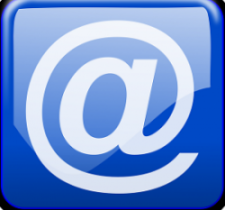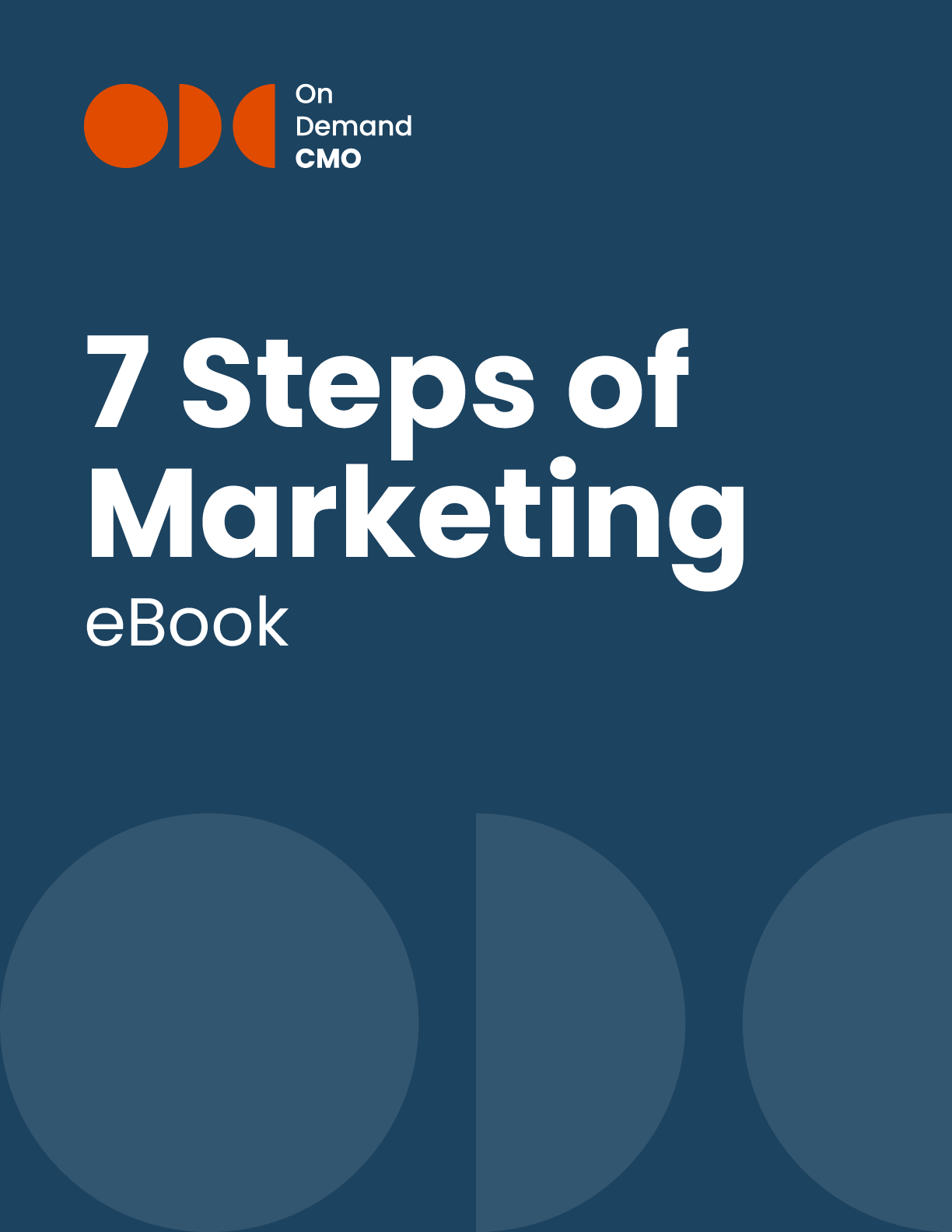
No channel has revolutionized ecommerce as strongly as email. Sure, social media has proved a more recent titan in driving online sales, but when it comes to efficiency, ease, and return on investment, email marketing B2B lead generation cannot be rivaled. The challenge is wielding email, a lead generating machine, correctly. How many emails do you delete or leave unopened in a day because it looks like spam or feels too salesy? Done right, email can and should be a powerful tool for lead generation. As the metric marketers live and die, leads remain key because leads mean revenue. So how can you strengthen your email marketing B2B lead generation? Here are five tips for unlocking email as your primary lead generating machine.
If your list just has names and addresses, then it is missing a lot of key data that will help your campaigns be more effective. Gather as much data on your prospects and current customers as possible; this can be done through incentivized surveys or required client profiles. You can use this data to segment your list and create highly targeted mailings. The more specific you can get in your copy and offers and design, the more likely someone will open your email—and then materialize into a sale.
This also means ensuring your lists are made up of prospects, not suspects. The former have gone through a qualification vetting process—you have reason to believe this group may engage. Suspects, on the other hand, are not based on data and may feel you are spamming them, which can lead to negative brand association.
If your emails direct customers to your homepage, you’re probably wasting your time. As discussed, homepages and landing pages are very different tools, and the latter is where you want to send readers. If your homepage is like most people’s homepage, it’s not a great lead generator, and even if it is, the homepage is not specific enough a destination—you don’t want your customers to have to search on your website to find the event info they were promised in the email (because, spoiler, they won’t waste time searching for it).
Just like you target and segment your emails, you’ll want to create customized landing pages for each of your campaigns. These landing pages should resemble the email in content and appearance as much as possible. Keep it simple so the sale can be quick and painless.
If you’re like most people, you’ve somehow been added to dozens (or hundreds!) of e-lists, many of which don’t pertain to your interests and whose emails just clog up your inbox. If you want them to open your mailings, you have to give them a good reason.
That means showing you are an expert in your field: ask yourself, why should your audience trust, invest in, and read your emails—and not those of someone else in the field? Thought leadership content—videos, essays, interviews, webinars, and news reports from your leadership team—are necessary for establishing your voice, and prestige, in the field.
That reason starts with a compelling (and customized) subject line, its own kind of lead generating machine. The subject line should be short (30 or so characters, the pithier the better) while also creating a sense of urgency and freshness. It’s a teaser for readers with an indication of what to expect when they open the email.
Once you get them to open your email, the battle is not done. If your email is too long, your recipients will likely skip your message. Keep your message short and get to the point quickly. To use a news term, your main message and call-to-action should be “above the fold.”
Since many email providers strip images out of emails, make sure that nothing essential is included in the graphics (or if there is essential info in the graphics, include it in the text part too).
Any good email marketing program will provide you with an abundance of data, measuring everything from who opened your email, what the click through rate was, and much more. Dive into this data and use it to refine your campaign. The best part of digital marketing is that you can easily make corrections mid-flight. And if you make a mistake, you can fix that too. Plan post-mortems if not after every campaign then at least quarterly so you can study and improve your email marketing B2B lead generation.
When your email is all ready to go, have a friend or colleague look at it for five seconds. Can they quickly tell what your call to action is? What your message is? If so, you’re good to hit “send.” If not, it’s back to the drawing board! Social media gets most of the attention these days, but it’s not the only tool in the B2B marketer’s kit.
You also want to send emails regularly; having a set schedule (as in, every Wednesday) is best, or you can test out dates to see when engagement is highest. Regardless, you want to establish a cadence, you don’t want to email a smattering of blasts but then go dark for a month’s time.
Have your email campaigns been plateauing or under-performing? Get in touch to see how you can creatively reinvent your email efforts to increase your sales and generate more brand loyalty.

OnDemandCMO has authored 7 Steps of Marketing, the only marketing guide book you’ll need to either get your marketing started properly, or stay on track strategically.
It features best practices on branding, messaging, social media, lead generation and much in between.
Please let us know who you are, and we'll share a few of our secrets (we don't sell or trade your info)!